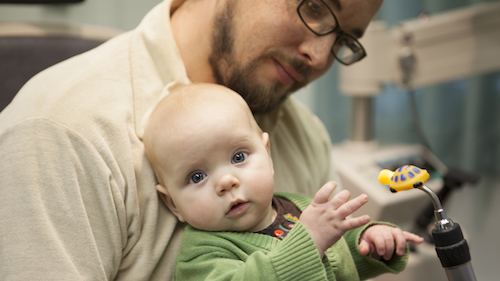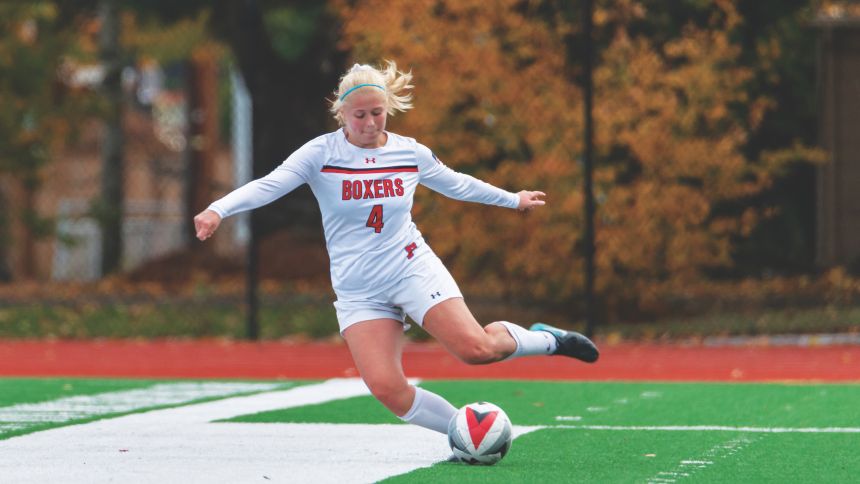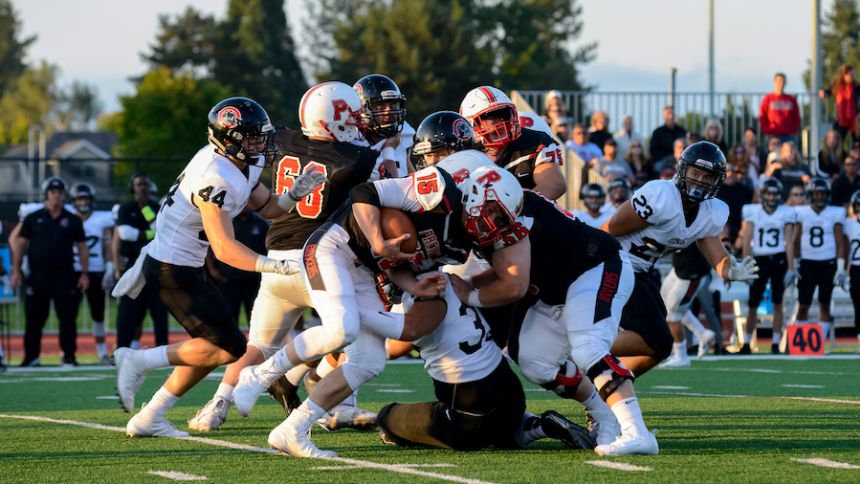Pediatric Eye Care Leads To Early Intervention For Children
Pacific’s College of Optometry has a message for parents:
Don’t wait until your child can read before taking him or her to the optometrist. A visit with very young patients can reveal issues that otherwise wouldn’t be discovered until later.

That’s because children’s vision issues are not just matters of the eyes, but of the brain.
“As a baby grows and develops, if they have good eyes, those eyes will provide a good image to the brain and the brain learns ... how to process that information,” Professor J.P. Lowery OD ‘93, MEd ‘96, chief of pediatric services for Pacific’s College of Optometry, said in an earlier interview. “But if they’re born with one eye that’s weak or an eye that’s cloudy because of cataracts, that eye will literally be left out of the brain’s wiring as the brain develops.”
Lowery and others on the optometry team practice infant optometry through programs like InfantSEE, an initiative of the American Optometric Association that provides comprehensive exams to babies free of charge.
When to Get Eye Exams for Kids
The U.S. Preventive Services Task Force, an independent clinical body, recommends all children have a vision screening between the ages of 3 and 5 to detect any vision problems. The American Optometric Association encourages an even earlier start, calling for screenings for infants between six and 12 months.
Through InfantSEE, a public health program managed by the AOA foundation, participating optometrists nationwide (including Pacific University’s EyeClinics), provide no-cost screenings for infants across the country.
Here are some of the signs that a baby may have a vision problem:
- Excessive tearing may indicate blocked tear ducts
- Red or encrusted eyelids could indicate an infection
- Constant eye turning may signal a problem with muscle control
- Extreme sensitivity to light may indicate elevated eye pressure
- A white pupil may indicate the presence of an eye cancer
If parents notice any of these signs, they should consult an optometrist immediately.
Sources: The American Optometric Association, Pacific University, the USPSTF

Pediatric optometry isn’t like adult optometry, where well-behaved patients put their faces up to a device that guides them to peer through lenses. A comprehensive exam for a baby means placing the baby on a familiar lap, using toys and excessively friendly tones of voice to hold her attention, and making a diagnosis based on a baby’s physical cues, such as a glance to the side.
In another initiative, Pacific researchers are participating in a national study called CHAMP, for Childhood Atropine for Myopia Progression, which seeks to slow or stop the progression of childhood myopia, or nearsightedness, through the use of eye drops.
Myopia cases around the world have skyrocketed, and in some cases, patients will go on to develop more serious eye diseases. In the study at Pacific, researchers are studying children ages 3 to 10. The children receive their treatments and exams for free, along with a yearly allowance for glasses or contact lenses.
“We want to catch kids as early as possible,” said Pacific CHAMP Study project lead and associate professor Chunming Liu OD, PhD.
As the National Institutes of Health puts it: “The good news is that early treatment works well and usually prevents long-term vision problems.”
Pacific optometry students work with children through the Master of Education/Visual Function in Learning (MEd/VFL) program, a joint program offered by the College of Optometry and the College of Education. It focuses on the way vision problems can affect children’s ability to read and learn. It’s intended for students who expect to work in schools, or with pediatric patients.
“Without this, I probably would have seen peds, prescribed glasses and they would have been out the door,” Nikita Katoozi OD ’18, MEd ’18, said in a 2017 interview about the Visual Function and Learning program. “But I wouldn’t have ever thought, ‘Are they wearing them in school? Does their teacher know when they have to wear them, why they wear them? Do teachers even understand how this kid is functioning?’”
Katoozi said the way the program builds relationships between optometry students and teachers would “change my care of pediatrics completely, for the better.”
Along with students from other programs, including occupational therapy, pharmacy, physical therapy, dental hygiene and others, optometry students also provide care to children through events such as Give Kids a Smile. That’s when mobile dental care and vision care vans roll out to churches, schools and community centers to offer services provided by Pacific students and faculty members.
On those occasions, half the mission is to acquaint children who may be medically underserved with the idea of someone shining lights in their eyes, probing their mouths and conducting other medical routines. That helps set lifetime habits that can improve health.
As well as providing glasses, dental care and other pediatric treatments, another part of the mission on those one-day events is to catch problems that might otherwise have gone undiagnosed, such as diabetes and certain cancers.
An optometry exam, while perhaps not a window to the soul, can indeed be a medically helpful way to see more deeply into the body.
And it’s never too early to begin.■
This story is part of a collection celebrating 75 years of Optometry that first appeared in the Fall 2020 issue of Pacific magazine. For more stories, visit pacificu.edu/magazine.





